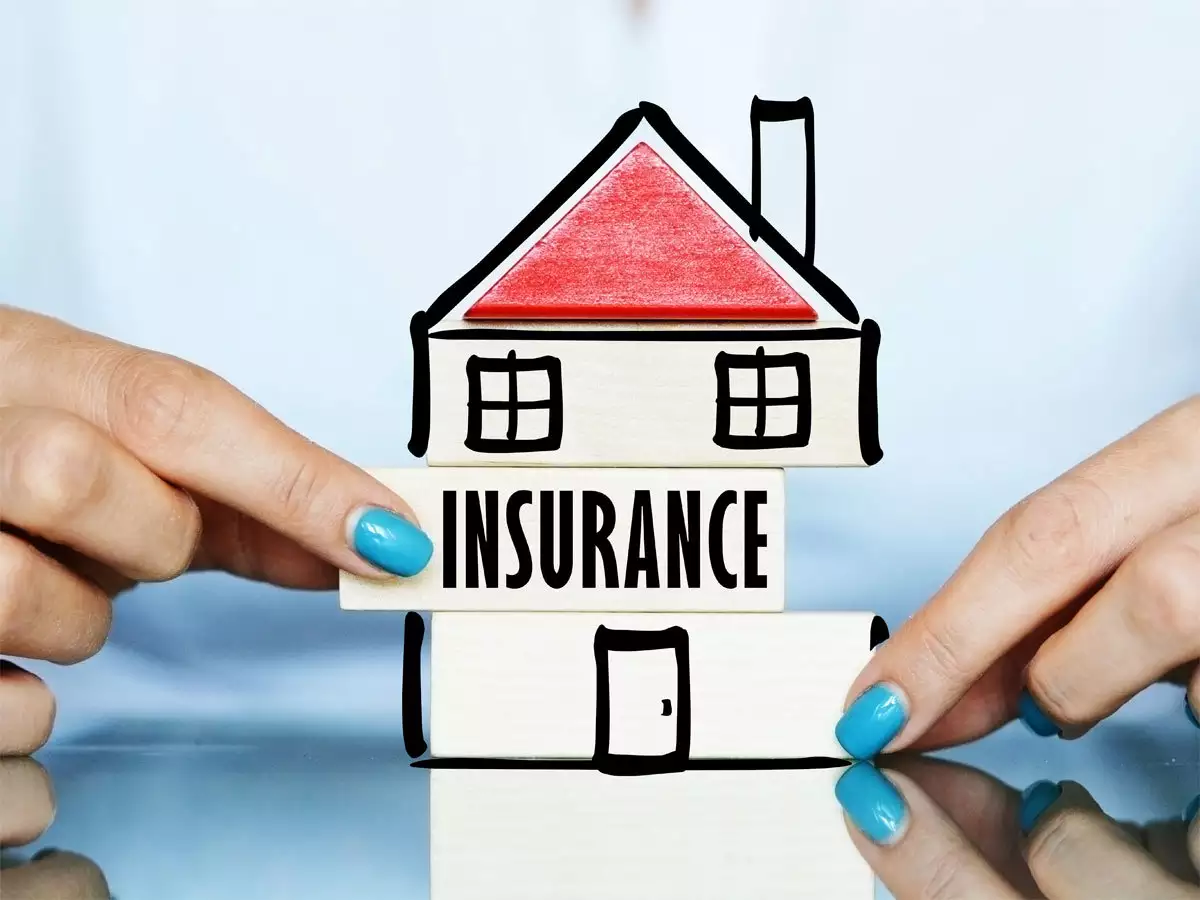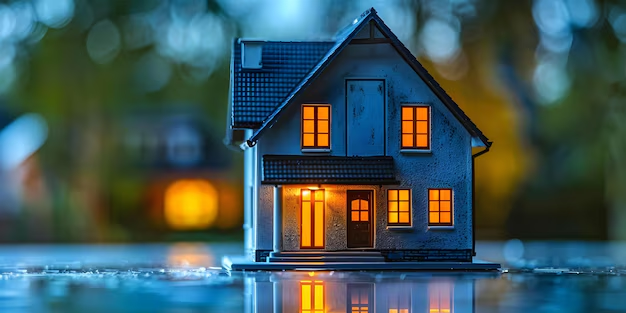Owning a home can offer stability, a sense of pride, and feelings of accomplishment. You’ve got a piece of the world you can call your own. At the same time, home ownership comes with a laundry list of responsibilities. Home insurance is on this list of must-dos since most mortgage lenders require owners to have a policy.
Paying off your mortgage or owning your home outright doesn’t get you off the hook, though. Unless you have enough liquid assets to self-insure your property, you take a ginormous risk without a policy. Natural disasters, accidents, theft, and vandalism can drain your bank account quickly if you don’t have home insurance. But what determines your home’s insurance risk from a carrier’s perspective? Let’s delve into those factors below.
What the Home Is Made Of
The materials a builder uses during construction influence risk in a few ways. Material type may impact a home’s vulnerability to natural disasters. What your home is made of also affects its durability. Say you’re looking to purchase a new home in the same city. One of the properties on your shortlist has a wood frame and the other is mostly brick.
Your home insurance quote for the mostly brick home could be slightly lower because wood is more susceptible to fire damage. A property made out of brick might also stand up better to high winds, tornados, and other elements. In addition, wood is vulnerable to termite damage, and requires periodic siding replacement or repeat paint jobs.
Similarly, a home’s roofing materials will impact risk and the cost of your annual premium. More durable materials, such as hail-resistant shingles, will lower the threat of damage. Metal roofs are also considered tough enough to better stand up to the elements. If you live in an area prone to hailstorms, sturdy roof materials can be a significant factor in reducing risk.
Location

A home’s neighborhood determines more than its market value. The location is a risk factor insurance companies consider when calculating your premium. Neighborhoods with higher property and violent crime rates tend to reduce home values. However, an insurance carrier sees the higher crime rates as claims waiting to happen.
A 1% increase in violent crime can decrease market values by 2%. And for every 10 additional property-related crimes amongst 100,000 residents, average home prices go down by around 0.2%. Violent crimes include armed robberies, assaults, and homicides. Property crimes include break-ins, thefts, and vandalism. An insurance underwriter will look at the history of neighborhood crime as well as the property’s history of claims.
The property’s claim history will include those filed by previous owners for crime-related losses. Think of it like a decision to live by the water or up in the mountains. One location has the threat of flooding from storm surge and the other has a higher chance of wildfires. It’s the same with neighborhood crime rates. Although you might save on the purchase price, you’ll likely spend more on insurance premiums for the higher probability of loss.
Property Characteristics
The overall condition of a home can increase or decrease its insurance risk. Naturally, older homes have a higher risk because the property has endured more wear and tear. Furthermore, the property’s major systems, such as electrical wiring, may be out of date. Now, it can be a slightly different story if an older home has been updated, renovated, and properly maintained.
The age may still increase risk, but it won’t be as high as an older property that hasn’t been updated. Other factors like whether the yard has an in-ground pool and hot tub can up the ante for insurance carriers. There’s a greater chance of slips, falls, and drowning accidents.
Pools may also leak and cause damage. Both the liability and replacement cost portions of your premium can be higher. The liability portion of your home insurance covers injuries, including those sustained by guests. Meanwhile, coverage for replacement costs takes care of fixing or rebuilding the home.
Your policy may also kick in for loss of use. This can cover your living expenses at a hotel if your home can’t be occupied while it’s being repaired. Security systems, smart home features, fire extinguishers, and smoke/carbon monoxide detectors are characteristics that lower insurance risk. Some of the property’s features can be changed or modified to decrease risk while others are more difficult.
Individual Backgrounds

A homeowner’s financial history can be an asset or a liability when it comes to home insurance. Questionable credit histories and prior claims increase a carrier’s risk. Underwriting may decide to charge higher premiums to homeowners with lower credit scores. Having a long list of prior claims is another red flag. However, sometimes it’s also the type of claims you’ve filed in the past and their settlement value.
A homeowner with a history of smaller, frequent claims involving moderate property damage may fall into a high-risk category. The same category could apply to a homeowner with one or two previous claims involving significant damage. Yet, a higher credit score and history of financial stability could help balance out the individual’s claim history.
Your deductible and the coverages you select are additional risk factors. Typically, the higher your deductible, the lower the risk to the insurance company. When you file a claim, you’re responsible for a larger portion of the costs. At the same time, the more coverage you select, the greater the risk. This includes the coverages for your personal belongings stored in the home.
Home Insurance Risk Factors
For most homeowners, insurance isn’t optional. Understanding what risk factors influence premium costs can help guide purchase decisions and reduce misperceptions. Although insurance policies are there to protect your investment, carriers also must maintain financial stability. When assessing risk, insurance companies will consider overall risk stemming from a range of factors. Everything from the property’s condition to your financial background is on the table.





















